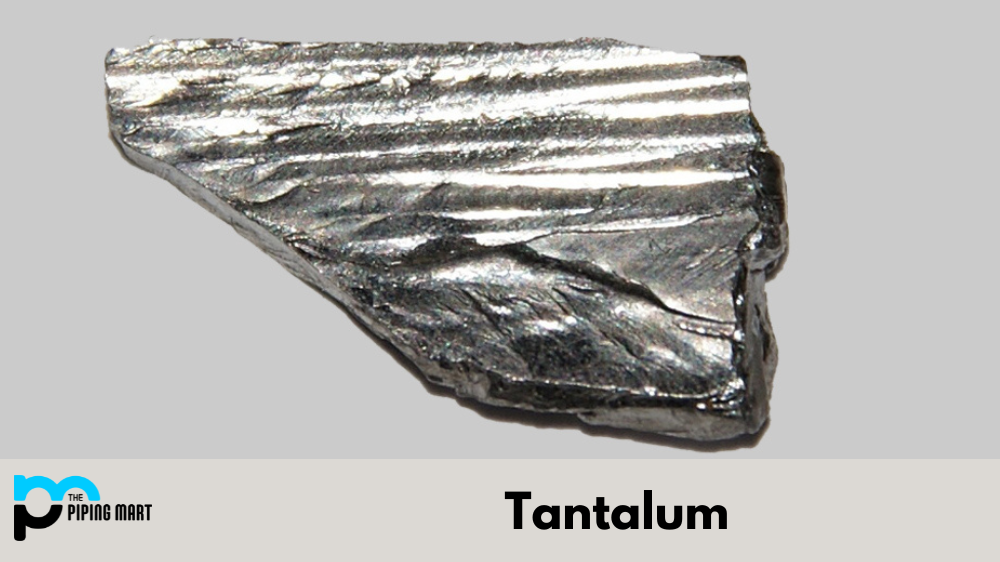Aluminum is a light, strong, and versatile metal with a wide range of uses. From construction and packaging to transportation and aerospace, aluminum plays an integral role in modern life. But what about the environmental impact of aluminum production? In this blog post, we will explore how aluminum production affects our environment and what measures are being taken to reduce its carbon footprint.
Aluminum production requires a great deal of energy and resources. In fact, it takes around 4-12 megawatt hours (MWh) to produce one ton of aluminum. This means that the more aluminum is produced, the more carbon dioxide is released into the atmosphere. According to some estimates, as much as 7% of global greenhouse gas emissions come from aluminum production.
The good news is that manufacturers are taking steps to reduce the environmental impacts associated with their operations. For example, some companies have switched to using renewable energy sources like wind or solar power for their manufacturing plants. Additionally, some companies are looking into ways to use recycled materials in their production processes instead of relying solely on virgin ore. This helps reduce both energy usage and waste generation associated with smelting new ore into usable material for production. Other measures include reducing water consumption through improved cooling systems and introducing technologies such as direct chill casting, which help minimize energy losses during casting operations.
Air Pollution
One of the primary environmental impacts of aluminum production is air pollution. Aluminum production plants release a variety of pollutants into the air, including carbon dioxide, sulfur dioxide, and nitrogen oxide. These pollutants can contribute to climate change, as well as respiratory and cardiovascular problems in humans.
Water Pollution
Aluminum production also results in water pollution. The process of extracting aluminum from its ore produces a variety of toxic chemicals, including fluoride, cyanide, and sulfuric acid. These chemicals can pollute rivers, lakes, and groundwater, and can be harmful to aquatic life.
Soil Pollution
Soil pollution is another environmental impact of aluminum production. The process of extracting aluminum from its ore results in the release of a variety of toxic chemicals into the soil, including fluoride, cyanide, and sulfuric acid. These chemicals can contaminate crops and grazing land, and can be harmful to human health if they are ingested.
Deforestation
Deforestation is another environmental impact of aluminum production. In order to extract aluminum from its ore, large amounts of forests are cleared each year. This deforestation can lead to habitat loss for wildlife, as well as increased carbon dioxide emissions due to the loss of trees that would otherwise sequester carbon dioxide from the atmosphere.
Biodiversity Loss
Biodiversity loss is another environmental impact of aluminum production. The process of extracting aluminum from its ore often results in the loss of topsoil, which can lead to the loss of plant and animal species that rely on that soil for their habitat. Additionally, the clearing of forests for aluminum production can also lead to the loss of plant and animal species that depend on those forests for their habitat
Conclusion
It’s clear that aluminum production has had an impact on our environment, but fortunately, there are measures being taken by manufacturers to reduce their carbon footprint and lessen this impact over time. By switching to renewable energy sources for power generation, utilizing recycled materials in the manufacturing process, reducing water consumption, and introducing new technologies for efficient casting operations, many companies have significantly reduced their environmental impact while still producing high-quality products at a competitive cost. As more manufacturers embrace these sustainable practices, we can look forward to continued progress toward reducing the environmental impacts associated with aluminum production worldwide.
Sakshee is a talented blogger, with a particular focus on the Business and Metal Industry. She is passionate about sharing her insights on various metal products and helping professionals to make a better decisions.




